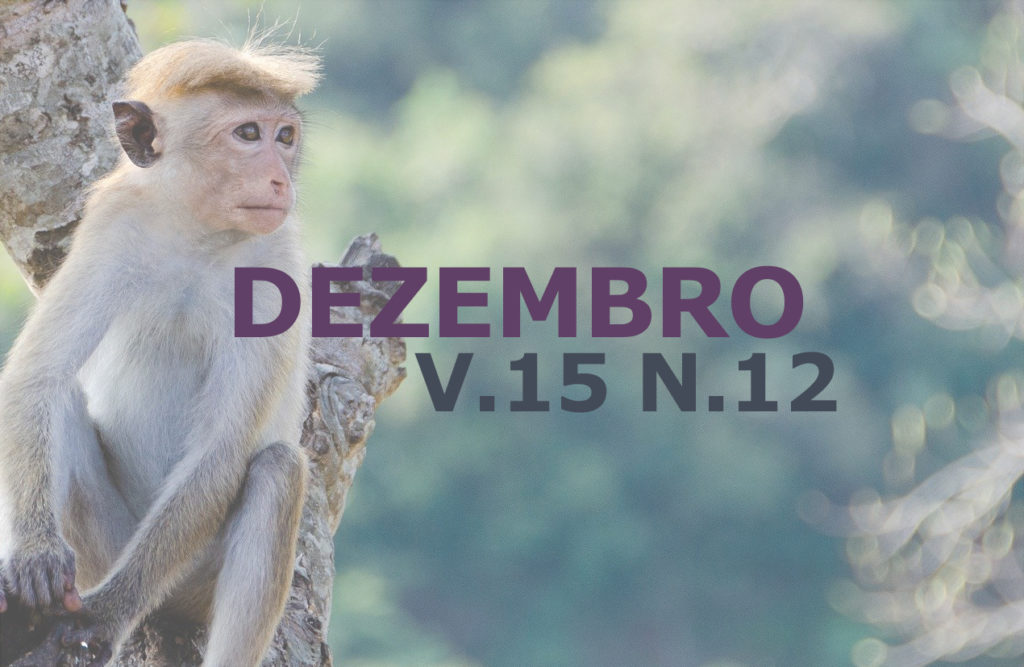Excisão cirúrgica de abscesso em coelho (Oryctolagus cuniculus): Relato de caso
DOI:
https://doi.org/10.31533/pubvet.v15n12a993.1-5Palavras-chave:
anestesia,antibioticoterapia,cirurgia,marsupialização.,marsupializaçãoResumo
Um coelho (Oryctolagus cuniculus), macho, adulto, pesando 3,3 kg, apresentando uma massa de aspecto firme localizada na região torácica ventral, feridas aparentes de mordedura na mesma região e histórico de briga recente com outro coelho, recebeu atendimento médico veterinário. A suspeita clínica inicial foi abscesso subcutâneo, baseada na anamnese e exame físico, e a mesma foi confirmada através do exame citológico. O tratamento realizado foi cirúrgico, utilizando a técnica de marsupialização. Após dez dias de pós-operatório, constatou que esse tratamento não obteve resultados satisfatórios, pois não houve redução do abscesso. Visto isso, foi optado por realizar excisão cirúrgica do abscesso. Esse segundo tratamento teve resultados satisfatórios, pois foi possível a remoção completa do abscesso e não houve recidiva. Paciente recebeu alta após quinze dias. Dessa forma, conclui-se com base na literatura e nas observações feitas a partir do caso descrito que o recurso terapêutico mais indicado para o tratamento de abscessos subcutâneos em coelhos é a excisão cirúrgica. A cirurgia de marsupialização de abscesso não se mostrou efetiva devido extensão e localização do abscesso, sendo essa técnica recomendada para casos em que o abscesso está profundamente ligado a estruturas subcutâneas e não é possível sua excisão completa e quando se encontra localizado na região do períneo ou na base da orelha, caso contrário, há grandes chances de recidiva e falha no tratamento.
Downloads
Publicado
Edição
Seção
Licença
Copyright (c) 2021 Stephane de Paula Santos, Larissa Bessa Reis, Thiago Francisco Costa Solak, Sharlenne Leite da Silva Monteiro, Gabriela Basilio Roberto

Este trabalho está licenciado sob uma licença Creative Commons Attribution 4.0 International License.
Você tem o direito de:
Compartilhar — copiar e redistribuir o material em qualquer suporte ou formato
Adaptar — remixar, transformar, e criar a partir do material para qualquer fim, mesmo que comercial.
O licenciante não pode revogar estes direitos desde que você respeite os termos da licença. De acordo com os termos seguintes:
Atribuição
— Você deve dar o crédito apropriado, prover um link para a licença e indicar se mudanças foram feitas. Você deve fazê-lo em qualquer circunstância razoável, mas de nenhuma maneira que sugira que o licenciante apoia você ou o seu uso. Sem restrições adicionais
— Você não pode aplicar termos jurídicos ou medidas de caráter tecnológico que restrinjam legalmente outros de fazerem algo que a licença permita.





